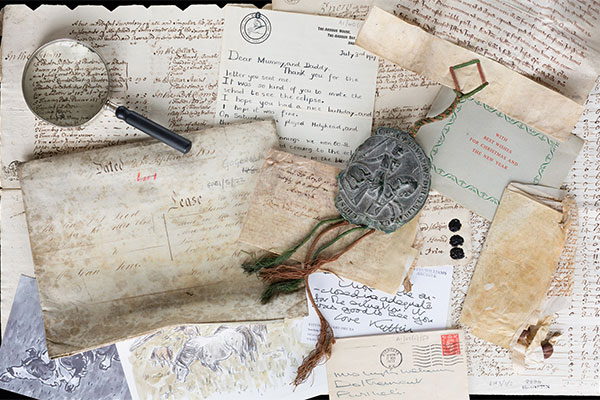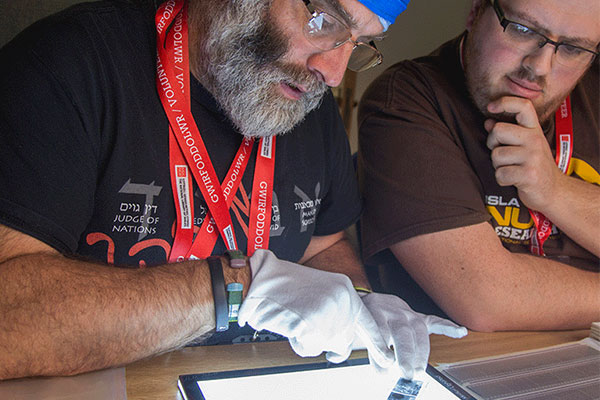The influence of William Gilpin's tour in the Wye Valley
One area that was particularly popular with early tourists was the Wye Valley. It is described and drawn by Thomas Martyn ('Mr M.') in his 'A tour to south Wales' (NLW MS 1340C). Like many other travellers at the time, Thomas Martyn followed in the footsteps of William Gilpin (1724-1804). Gilpin's book Observations on the River Wye, and several parts of south Wales, etc. relative chiefly to picturesque beauty, published in 1782, was based on a tour undertaken in 1770. Although people had been writing journals of tours for many years, this was the first to enter the popular consciousness, and it is traditionally believed to have started the fashion for 'picturesque tourism'. Picturesque tourism concentrated on an appreciation of scenery rather than history or architecture and can be linked to the growth of Romanticism.




